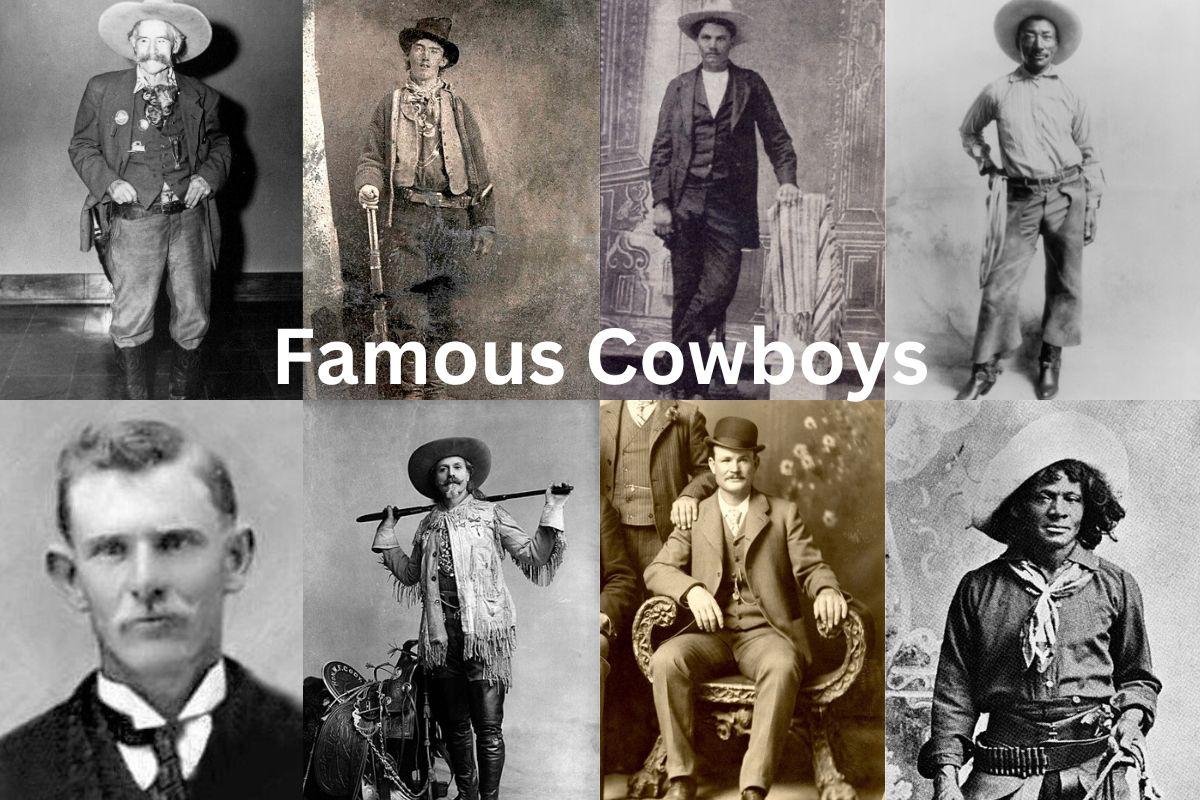Cowboys and outlaws exemplify the American West’s spirit of adventure, danger, and mythology. Cowboys, with their tough individualism and relentless work ethic, became Western legends.
They were well-known for their ability to handle horses and livestock as well as navigate the harsh and unforgiving terrain of the western frontier.
Outlaws, on the other hand, exemplified the dark side of the West. They were frequently portrayed as gunfighters, bank robbers, and cattle rustlers who followed their own rules and questioned the authority of the law.
While some outlaws rose to prominence for their daring deeds, many more were faceless and nameless criminals who terrified the frontier.
The distinction between cowboys and outlaws was frequently blurred. Several cowboys engaged in illicit activities, such as cattle rustling, but some outlaws were renowned for their bravery and independence. Cowboys and outlaws were both products of the same hard and difficult environment.
The cowboy era ran from the 1860s until the early 1900s, and the outlaw era quickly followed. Outlaws like Jesse James, Billy the Kid, and Butch Cassidy have become legendary personalities in American history, and their exploits continue to captivate people’s imaginations today.
These tales have been immortalized in novels, films, and songs, and have become part of American folklore.
While the cowboy and outlaw eras are long gone, their influence may still be found in American society. We still romanticize the cowboy image and are attracted by the lives of outlaws nowadays. They remain a potent icon of the American West, capturing the imagination of people all over the world.
Famous Cowboys
1. Billy the Kid
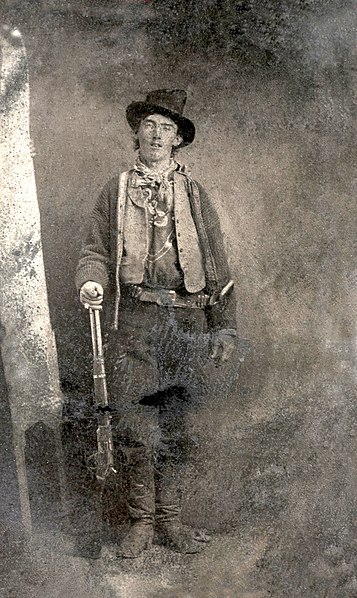
Billy the Kid, also known as William H. Bonney or Henry McCarty, was a famed American Old West outlaw and gunfighter.
He was born in New York City in 1859, and his family relocated to Kansas before settling in New Mexico Territory, where his mother died of tuberculosis when he was 14 years old.
He soon turned to crime, engaging in cattle rustling, horse stealing, and other illicit actions.
Billy the Kid is best known for his role in the Lincoln County War, a fight in New Mexico between rival factions of merchants, ranchers, and law enforcement.
Also Read: Famous Cowgirls
During this war, Billy the Kid was linked with the Regulators, a faction seeking vengeance on a prominent corporate organization commanded by James Dolan. Many people were killed during the Lincoln County War, and Billy the Kid was involved in several of them.
Although his image as an outlaw and a murderer, Billy the Kid was also known as a charming and fascinating man. He was well-known for his wit, bravery, and ability to avoid the law.
In 1881, he was apprehended by Sheriff Pat Garrett and sentenced to death by hanging for murder. He did, however, manage to escape from jail and go on the run. Pat Garrett eventually shot and murdered him in July 1881.
Billy the Kid’s life and mystique have inspired countless novels, films, and songs. He’s come to represent the Wild West and the era of outlaws and gunslingers. People are still fascinated by his life and achievements, and he is one of the most fascinating figures of the American Old West.
2. Buffalo Bill
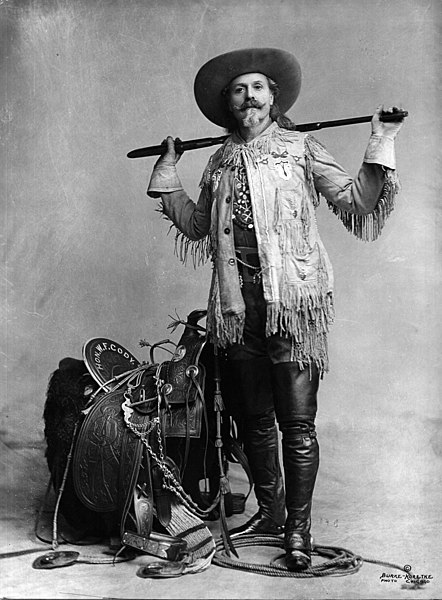
William “Buffalo Bill” Cody (1846-1917) was an American frontiersman, soldier, and showman who played a role in the opening of the American West. He was born in Iowa and spent much of his childhood working as a trapper, buffalo hunter, and scout for the United States Army.
Cody rose to prominence as a buffalo hunter, acquiring the nickname “Buffalo Bill” for his bravery and ability on the frontier. He was also a soldier, fighting with Native American tribes in the West while serving in the Union Army during the Civil War.
Also Read: Facts About Cowboys
Cody then went on to become a showman, creating and starring in Buffalo Bill’s Wild West, which toured the United States and Europe. The show included reenactments of buffalo hunts and confrontations with Native American tribes, as well as performances by other important figures from the American West, such as Annie Oakley.
Cody’s Wild West performance was a popular attraction at the time, helping to spread the idea of the American West as a land of opportunity and adventure.
Despite debate concerning his treatment of Native Americans and the truth of some of his acts, Cody’s reputation as a symbol of the American West lives on, and he is regarded as one of the era’s most iconic figures.
3. Jesse James
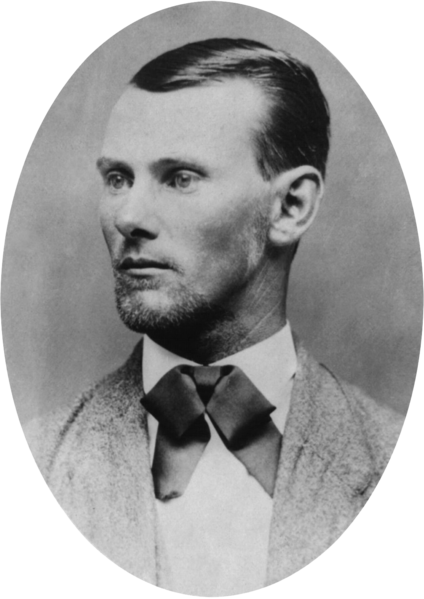
Jesse James (1847-1882) was an American criminal and gang leader most known in the American West for his bank, stagecoach, and train robberies.
He joined the Confederate guerilla group during the Civil War, when he established a reputation as a skilled and ferocious fighter.
Following the war, James and his brother Frank formed a gang that robbed banks and other targets across the Midwest, becoming famous for their daring heists and ability to avoid authorities.
Some considered them folk heroes, and their exploits were documented in newspapers and dime novels of the time.
James’ life was cut short in 1882 when a member of his own gang shot and killed him. On the other side, his legend as an outlaw and symbol of the American West remains on, and he is regarded as one of the era’s most infamous figures.
Despite his illegal activities, James has gotten positive portrayals in popular culture, and his mystique continues to intrigue people all around the world.
4. Butch Cassidy
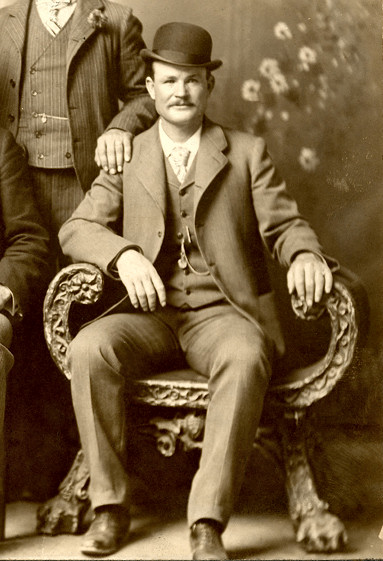
Butch Cassidy (1866-1908) was an American bandit and the leader of the Wild Bunch gang, who conducted a number of bank and railway robberies in the late nineteenth and early twentieth centuries in the American West.
He was born in Utah and began his criminal career as a cattle rustler.
Cassidy rose to fame as a consequence of his daring heists and ability to avoid law enforcement, as well as his charm and charisma, which helped him gain popularity among his fellow outlaws and the general public.
Also Read: Famous Ranches
He rose to prominence as a result of his Union Pacific Overland Flyer and other train robberies, as well as his escape from Wyoming’s state penitentiary in 1901.
Cassidy and his sidekick, the Sundance Kid, fled to South America in 1901 and continued their evil activities there for several years. In 1908, they were killed in a confrontation with Bolivian police, and their deaths became legendary.
Cassidy’s legacy as an outlaw and symbol of the American West remains on, and he is remembered as one of the era’s most infamous figures.
Despite his criminal activities, Cassidy has garnered favorable depictions in popular culture, and his mystique continues to attract people all around the world.
5. Tom Ketchum

Tom Ketchum, sometimes known as Black Jack Ketchum, was an American bandit and member of the Hole in the Wall Gang of train thieves.
He was born in Texas in 1863 and raised in poverty. Ketchum turned to crime, being involved in cattle rustling and robbery.
Ketchum is best remembered for his role in a rail robbery in New Mexico in 1899, when he and his crew attempted to rob a train. The robbery failed, and Ketchum was shot and taken into custody. He was tried and sentenced to death by hanging after that.
Ketchum’s hanging was botched, and the noose decapitated him. The tragedy was extensively publicized, prompting New Mexico to adopt a new, more humane method of execution. The decapitated body of Ketchum was buried in an unmarked grave.
Ketchum has inspired several books, films, and songs, and he has come to represent the Wild West outlaw. His deeds and life continue to captivate people today, and he is regarded as one of the most notorious personalities of the American Old West.
6. Bill Pickett
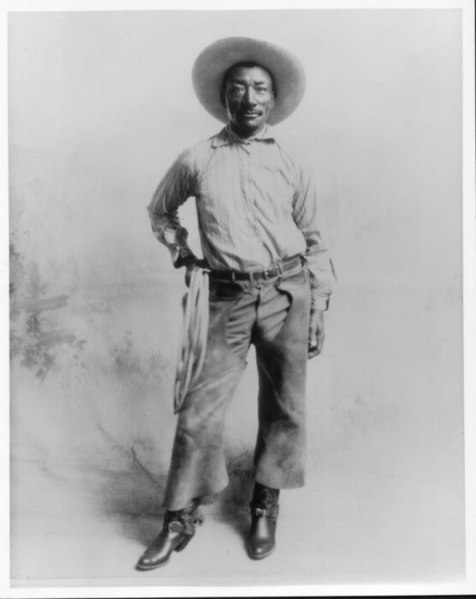
Bill Pickett was a rodeo performer and African-American cowboy who is credited with inventing the rodeo sport of bulldogging, also known as steer wrestling. In 1870, he was born in Travis County, Texas, and grew up on a ranch, learning to ride horses and work with cattle.
Pickett’s bulldogging method involved biting the upper lip of a steer and bending its head to the side, causing the animal to lose its balance and tumble to the ground. Pickett began his bulldogging performance at local rodeos and immediately rose to prominence for his unique and dangerous technique.
Pickett rose to prominence in the early 1900s as a performer for numerous Wild West events and rodeos. He was the first African-American cowboy to perform in Madison Square Garden, as well as the first to appear in a film. Pickett’s fame in the rodeo world helped to break down racial barriers, and he became a symbol of black cowboy culture.
Pickett suffered racial discrimination and struggled to make a livelihood as a rodeo performer despite his success. He died in 1932 while performing at an Oklahoma rodeo.
Pickett’s legacy as a pioneering African-American cowboy and rodeo performer lingers on today. He is remembered as a symbol of black cowboys’ contributions to American culture, and his invention of bulldogging is still a popular rodeo sport today.
7. John Wesley Hardin

John Wesley Hardin was a prominent American Old West outlaw and gunfighter. He was born in 1853 in Bonham, Texas, to a family that backed the Confederacy during the Civil War. Hardin was brilliant and well-educated, but he had a violent tendency and was notorious for his rapid temper.
Hardin’s criminal career began at an early age, with his first homicide occurring when he was 15 years old. He went on to commit a number of robberies, murders, and other violent crimes, eventually becoming one of Texas’ most wanted criminals. Hardin claimed to have killed over 40 individuals in his lifetime, while the precise figure is debatable.
Hardin was arrested and condemned to prison for the murder of a deputy sheriff in 1877. He became a Christian and studied law while in prison. He passed the Texas bar test after his release and went on to become a successful lawyer. He was eventually slain in 1895, at the age of 42, in a poker game disagreement.
Hardin’s life and mythology have inspired countless novels, films, and songs. He became a symbol of the outlaw and gunfighter in the Wild West, and his narrative continues to fascinate people today. Notwithstanding his violent background, Hardin’s knowledge, charm, and charisma have elevated him to the status of a complicated and fascinating person in American history.
8. Nat Love

Nat Love, better known as Deadwood Dick, was a Wild West show performer and African American cowboy. In 1854, he was born into slavery in Tennessee, and after the Civil War, he worked as a ranch worker in Texas.
Love’s abilities as a cowboy and shot made him a Western legend. He was recognized for his fearlessness, rope skills, and ability to tame wild horses.
Love worked as a cowboy on the open range for several cattle enterprises, including the Goodnight-Loving Trail. He later worked as a Pullman porter before settling in California.
Love’s life narrative was told in his autobiography, “The Life and Adventures of Nat Love,” which went on to become a best-seller. Love’s autobiography was the first written by a black cowboy and contributed to the dismantling of preconceptions about black males in the West.
Love eventually became a prominent performer in Wild West performances, where he displayed his riding and shooting abilities. He also served as a role model for young black cowboys, urging them to follow in his footsteps and accomplish their aspirations.
Love’s life and achievements are now regarded as a symbol of African Americans’ contributions to the history of the American West. His tale continues to motivate and inspire people from all walks of life to follow their aspirations and break through boundaries.
9. Doc Scurlock
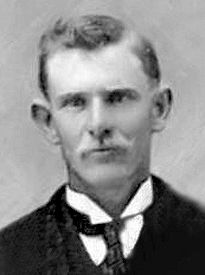
Doc Scurlock, whose real name was James “Jim” Carlile, was a Wild Bunch gang member and cowboy. He was born in Alabama in 1849 and spent his childhood in Texas.
As a young guy, Scurlock became involved in cattle rustling and other illicit acts. He then joined the Wild Bunch, a famed outlaw gang that featured Butch Cassidy, the Sundance Kid, and others. The Wild Bunch was infamous throughout the American West for robbing banks, trains, and other targets.
During his stint with the Wild Bunch, Scurlock was involved in a number of shootouts and robberies. He was well-known for his fearlessness and devotion to his gang members. Scurlock was also recognized for his wit and skill to arrange successful crimes.
Scurlock moved to Mexico after the Wild Bunch split and became a rancher and businessman. He spent the rest of his life in Mexico, dying in 1929 at the age of 80.
Unfortunately, Scurlock’s narrative is frequently overshadowed by the Wild Bunch’s more famous members. He did, however, play an important role in the gang’s actions and was well-known for his daring and commitment. Scurlock’s life and influence are still remembered as part of the complicated history of the American West.
10. Kitty Canutt
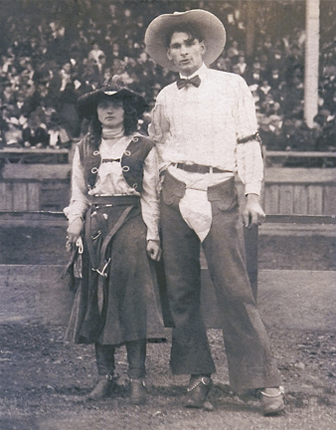
Kitty Canutt, born Lillian Beatrice Combes, was an early twentieth-century American rodeo performer and stuntwoman. She was born in the state of Washington in 1892 and grew up in a rodeo family.
Canutt started out as a stunt rider, appearing at rodeos across the West. She then worked as a stuntwoman in Hollywood, executing dangerous feats such as horseback riding and jumping from moving automobiles. Canutt was noted for her fearlessness and ability to effortlessly do even the most challenging stunts.
Canutt married rodeo performer and stuntman Yakima Canutt in 1916. They rose to fame as a rodeo and Hollywood pair, appearing in rodeos and Western films throughout the 1920s and 1930s.
Canutt was also renowned as a mentor to other female stunt performers, urging them to take on more difficult tasks.
Canutt’s legacy as a pioneering female stunt performer has been overshadowed by history, but her contributions to rodeo and Hollywood have left an enduring effect.
In a male-dominated industry, she broke down barriers for women and opened the way for future generations of female stunt performers. Canutt’s life and legacy are honored as part of the rich heritage of the American West.
11. George Scarborough
George Scarborough was an American Old West lawman and gunfighter. He was born in 1859 in Louisiana and grew up in Texas. Scarborough began his career as a rancher and rose through the ranks to become a deputy sheriff in Texas.
Scarborough rose to prominence for his role in the hunt of legendary bandit John Wesley Hardin. Scarborough was one of the lawmen that apprehended Hardin after a lengthy pursuit in 1878. Scarborough eventually testified against Hardin during his trial, leading to Hardin’s conviction and incarceration.
Scarborough proceeded to serve as a law enforcement officer in Texas, first as a sheriff and then as a Texas Ranger. He was well-known for his boldness and skill to catch crooks. Scarborough was injured several times during numerous shootouts.
Also Read: Famous Texas Rangers
Scarborough was slain in a firefight with a gang of cattle rustlers in the Texas Panhandle in 1895. At the time of his death, he was 36 years old.
Scarborough’s life and legacy have inspired countless novels and films. He is remembered as a symbol of the lawmen and gunfighters who risked their lives to protect the law and bring criminals to justice in the American Old West. Scarborough’s narrative, as part of the rich history of the American West, continues to inspire and amaze people today.
12. Bose Ikard
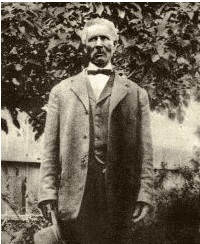
Bose Ikard was a trail driver and African American cowboy in the American Old West. In 1843, he was born as a slave in Mississippi and was owned by Dr. Milton Ikard. Ikard and his former owner’s family relocated to Texas after the Civil War, where Ikard worked as a cowboy.
Ikard rose through the ranks of the ranching industry, serving as a cowboy, trail driver, and ranch foreman. He was well-known for his abilities with horses and cattle, as well as his devotion to his employers. Ikard was also noted for his intelligence and ability to read and write, both of which were uncommon for a black man at the time.
Ikard is most known for his affiliation with famed Texas cattleman Charles Goodnight. Ikard was employed as Goodnight’s personal cook and helper, and the two men became great friends. Ikard spent over a decade working for Goodnight, accompanying him on countless cattle drives and other excursions.
Ikard died in 1929, and his grave in Weatherford, Texas, bears the inscription “Bose Ikard, A Loyal Negro.” Ikard’s narrative has garnered wider attention in recent years, and he has become a symbol of African Americans’ contributions to the history of the American West.
13. Pearl Hart
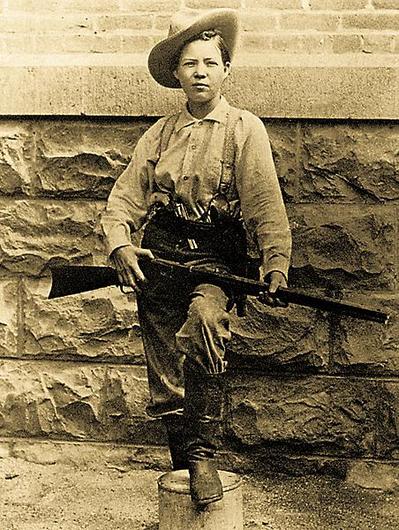
Pearl Hart was an American bandit and the Old West’s only known female stagecoach robber. In 1871, she was born in Canada and relocated to the United States as a youngster. She became a touring performer as an adult, working as a singer and actress.
Hart and her partner Joe Boot agreed to rob a stagecoach in Arizona in 1899. The robbery failed, and they were swiftly apprehended by local enforcement. Hart rose to prominence because to her gender, and publications at the time dubbed her the “Bandit Queen” and the “Lady Bandit.”
Hart was convicted guilty of robbery and condemned to prison for five years. She served two years before being pardoned by Arizona’s governor. Hart vanished from public view after her discharge, and her whereabouts and fate are unknown.
Hart’s narrative has inspired countless novels, films, and songs. She has come to represent the Wild West outlaw and the adventurous spirit of adventure that defined the era.
While her male compatriots’ stories frequently overshadow hers, Hart’s involvement as a female stagecoach robber has left an indelible effect on the history of the American West.
14. Frank Eaton
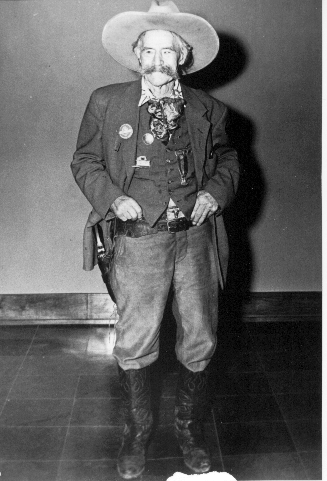
Frank Eaton, better known as Pistol Pete, was a cowboy and lawman in the American Old West. He was born in 1860 in Hartford, Connecticut and grew up in Kansas. Eaton witnessed his father’s murder by a group of former Confederate soldiers as a child, which drove his thirst for vengeance.
Eaton started out as a cowboy and eventually worked as a cop in Oklahoma. He was well-known for his sharpshooting abilities as well as his ability to locate and catch criminals. Eaton’s reputation as a harsh cop earned him the moniker “Pistol Pete.”
Eaton later entered politics and became the sheriff of Payne County, Oklahoma. He also worked as a special agent for the United States Department of Justice, where he assisted in the capture and prosecution of fugitives.
Eaton’s life and impact have inspired countless books and films. He is remembered as a symbol of the lawmen and cowboys who risked their lives to maintain the law and protect their towns in the American Old West.
Eaton’s narrative, as part of the rich history of the American West, continues to inspire and amaze people today. Nowadays, Eaton is widely acknowledged as the basis for the mascot of Oklahoma State University, “Pistol Pete”.
15. Billy Clanton
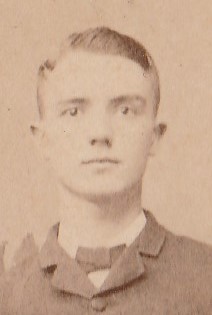
Billy Clanton was a cowboy and gunfighter from the United States who took part in the Gunfight at the OK Corral in Tombstone, Arizona. He was born in Missouri in 1862 and grew up in a cowboy family.
Clanton and his family relocated to Arizona in the late 1870s, where he worked as a rancher and occasionally participated in cattle rustling. He was known for his fiery temper and for being a fierce and dangerous gunfighter.
Clanton became embroiled in a rivalry with the Earp brothers, who were Tombstone lawmen, in 1881. The conflict ended in the legendary Gunfight at the OK Corral, in which the Earps and their buddy Doc Holliday killed Clanton, his brother Ike, and two other men.
The Gunfight at the OK Corral has become one of the most iconic incidents of the American Old West, and Clanton is known as one of the combatants.
His life and legacy have inspired several novels, films, and other forms of media. While Clanton’s role in the gunfight is frequently overshadowed by the Earps and Holliday, his story remains an important part of the American West’s rich and interesting history.
